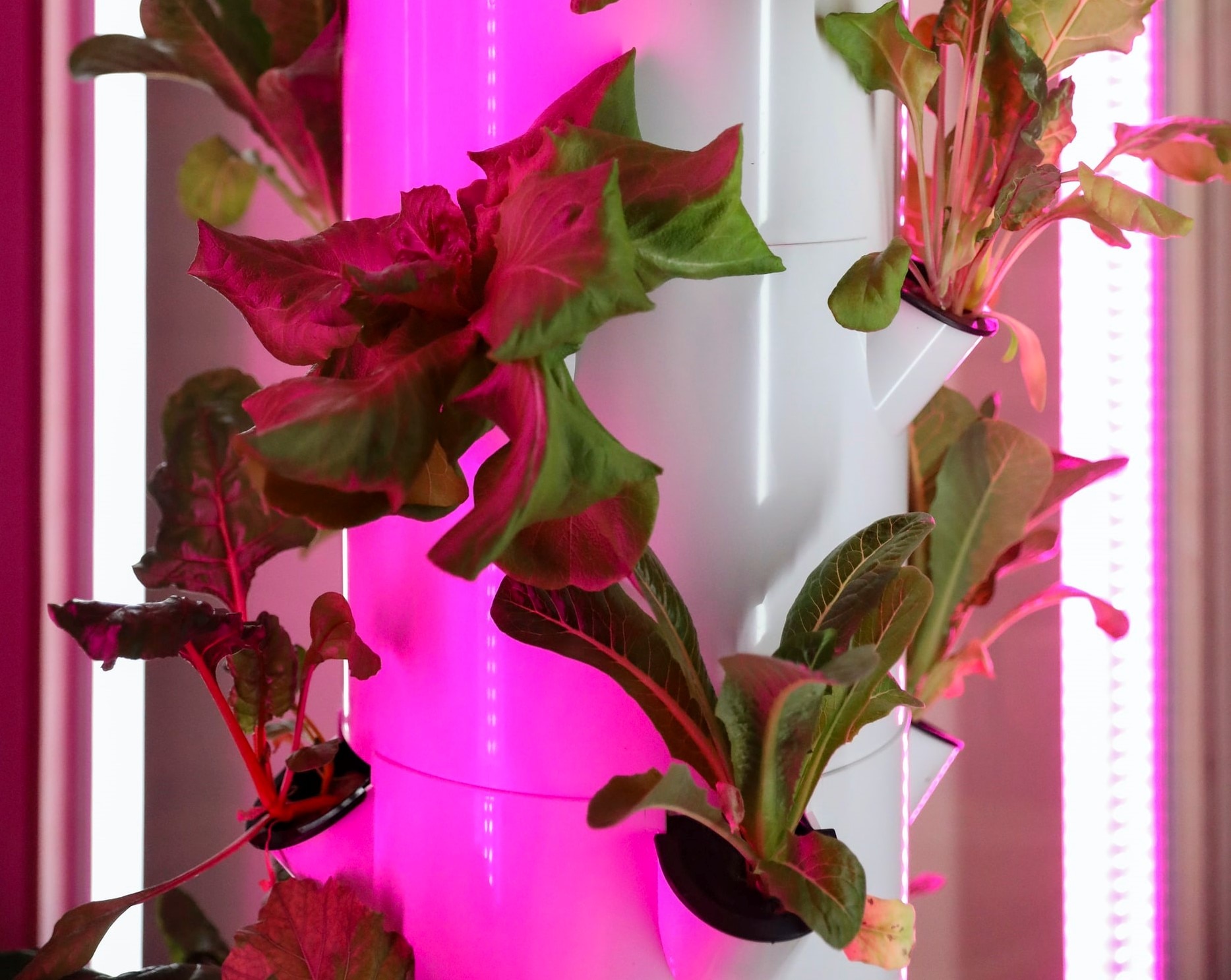Due to a renewed sense of green and a deeper connection with the natural environment we are increasingly turning nature into an essential element of our space. Innovative techniques for the cultivation and maintenance of buds are making it more and more pleasant agile to recreate natural environments even inside our homes and other places of aggregation.
The discipline of hydroponics moves in this direction. Based on cultivation techniques that do not require the use of soil and which generally have an excellent application even in much smaller spaces, hydroponics creates a more favourable environment for the growth of plants.
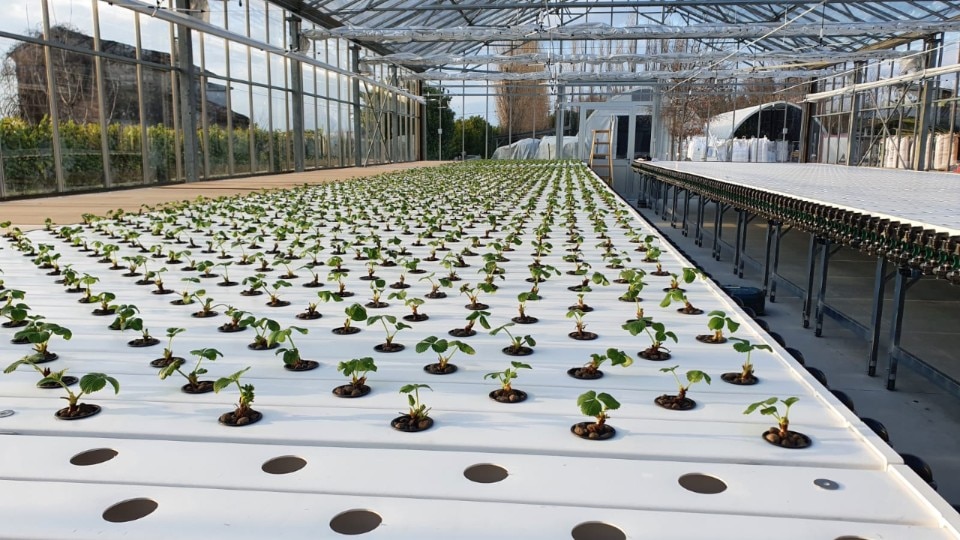
Benefits and perks of hydroponics
The secret lies in the use of water and nutrients like the classic NPK (nitrogen, phosphorus, potassium), but also clacium, magnesium and sulfur. “Crops find the nutrients that will support the plant’s roots directly in the water,” explains Pedro Brito, Sales Manager at Tregren, an interior gardening store. “In our case we use coconut pods.” Sometimes other types of substrates can be used as conductors of the nutrient substance, such as perlite, sand or clay.
As Brito points out, “Plants that grow in a well-managed hydroponic system live excellent lives.” As their roots are soaked in all the nutrients they need, they spend less time and energy developing a large root systems in the soil to seek their nourishment, devoting themselves to grow on the surface instead.“Growth rates vary by system type and quality of care, but with the new products we have seen some herbs’ growth rates up to three times faster compared to traditional growing systems,” he adds.
Therefore, hydroponic techniques, which can be applied to various types of crops, from decorative flowers to cooking herbs to indoor vegetable gardens, would allow to produce greater harvests at any time of the year, anywhere in the world and using fewer resources. In fact, one of the advantages is precisely the possibility of creating a luxuriant hydroponic garden in any available space, even if small or not very bright, like a common home environment. Furthermore, they do not require particular experience or previous knowledge but just a minimum commitment of 15 minutes per month to take care of the necessary substances' dosing.
“All you have to do is changing the water, adding nutrients and cleaning the garden when needed, approximately every 3-4 weeks,” explains Brito. Tregren went even further in facilitating the crops care with the introduction of an app that monitors the garden, automatically waters the plants and adjusts the lighting as needed. Whenever is required the user’s physical action, the app flags that via a notification.
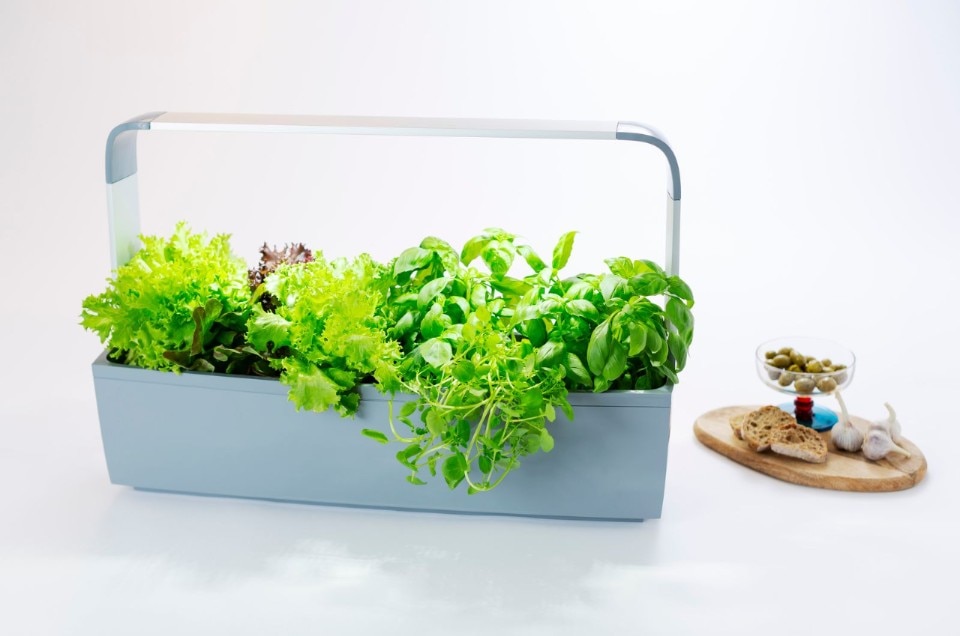
Countless applications
In Italy too, the sector is in continuous expansion and, among the reference leaders in the field, Hydroinvent installs hydroponic systems both for hobbyists and on an industrial scale. “One of the latest projects we worked on is a vertical farm inside a restaurant,” Stefano Sergiani, Technical Manager of Hydroinvent Group, tells us. “This way, customers see on the wall the growth phase of the same food that they eventually find on the plate. This specific type of cultivation takes up very little space in proportion to the final product and can grow at a height of 3-5m.”
These kind of projects raise the quality of the environments, making them greener and more pleasant, and transform them into a sort of educational center where it is possible witness the crops’ growth process. “In inhabited centers, we’ll get more and more of them,” believes Sergiani.
The technical manager explains that even for a small family unit a hydroponic garden could offer fresh vegetables with considerable advantages. “The plants are more luxuriant, they get sick less and do not need special treatments, they offer ergonomics of work because you no longer have to lower yourself to the ground, they consume considerably less water and fertilisers, are less subject to parasites and you don’t have to worry anymore about feared weeds.”
Hydroinvent’s installations have also had many other uses, from the transport of fresh fruit and vegetables in containers to remote areas, to educational purposes in agricultural schools, to collaborations with universities and research centers developing GMO rice and tobacco plants used in special drugs for the cure of rare pathologies.
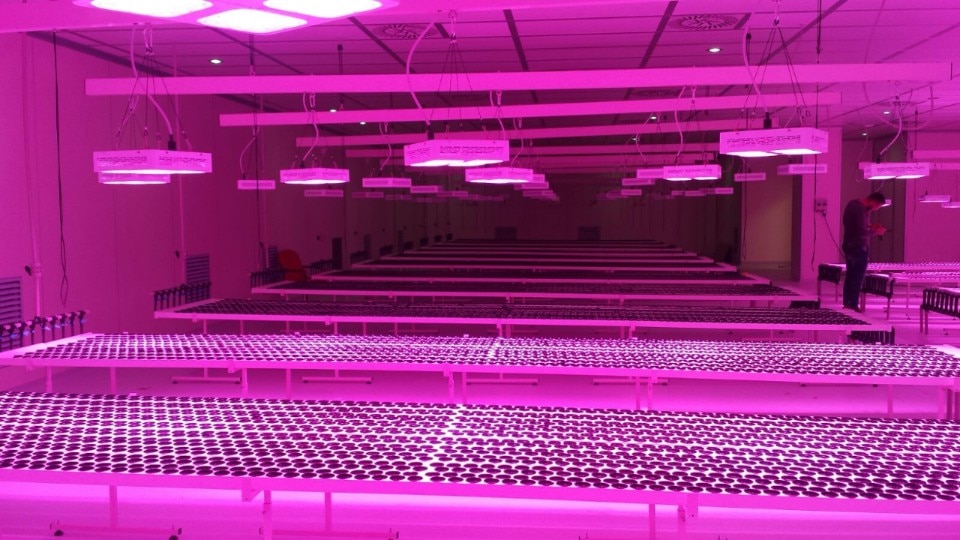
Hydroponics and cannabis
The world of hydroponics optimises another type of widespread cultivation, mostly abroad, that of the cannabis plant. This plant is adopted for various pourposes, including alimentary, pharmaceutical, recreational and industrial, in particular in textiles, paper and green building. Given some specific needs for its growth, such as an abundant amount of light and heat, hydroponic techniques are particularly favourable to the cultivation of this plant.
Winston Peki, researcher in the field and founder of Herbonaut.com, an information website on cannabis and CBD products, explains that hydroponics allows for faster harvest cycles than growing in the soil by moving to the bud flowering stage faster.
“The most common and easiest to start is deep-water culture,” says Peki, “it’s very cheap and involves soaking the plant’s roots in a container of nutrient-rich, oxygenated water. Other hydroponic systems such as a top drip system, and especially aeroponics, are more difficult to set up and maintain properly.”
The expert clarifies that for more accurate yields, a series of precautions must be implemented on the pH level of the nutrients, the ventilation, the temperature of the water and the humidity of the surrounding air, confirming that the hydroponic techniques applied to cannabis are particularly developed and refined but also complex.
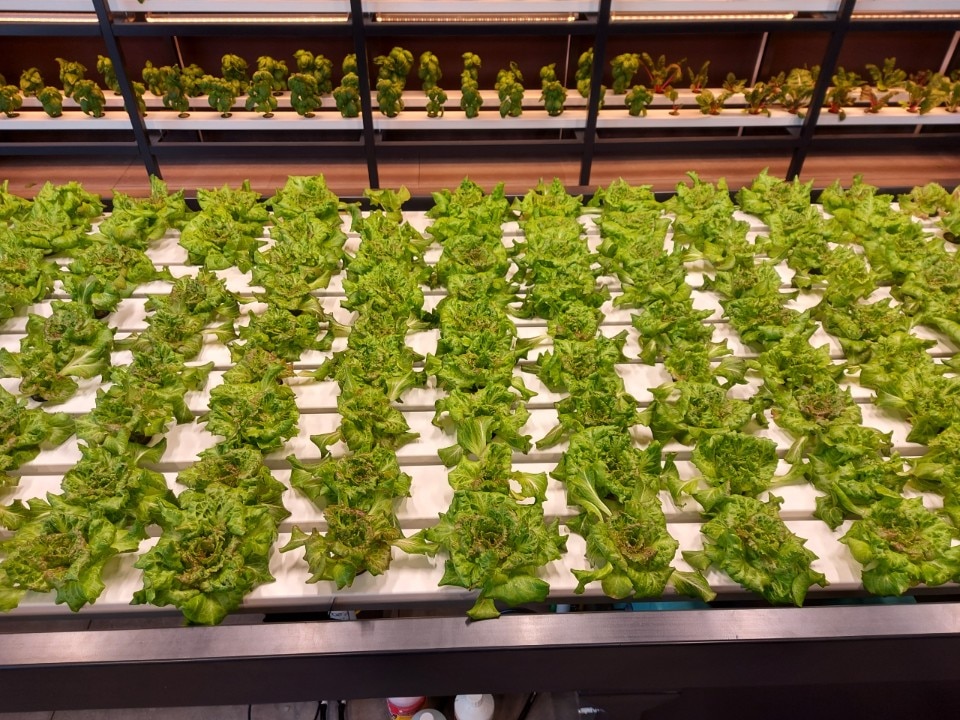
Bringing the food production process closer
Ultimately, whether they are for research, production, recreational or aesthetic purposes, hydroponic gardens offer incomparable advantages over traditional methods by bringing into urban spaces practices tipycally relegated to rural environments.
Such approach has a social, educational and environmental impact, affecting consumption, transport and waste. In fact, making food production practices more common and accessible in urban environments, both in the public and private sector, would help to extend products’ shelf life, offer relief to the agricultural sector, tackle food waste and reduce pollution during shipping.
Opening image: Photo Mick Haupt on Unsplash


